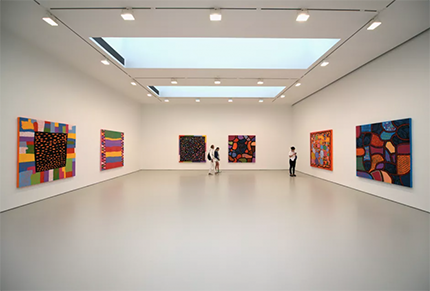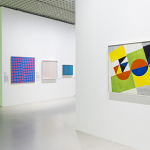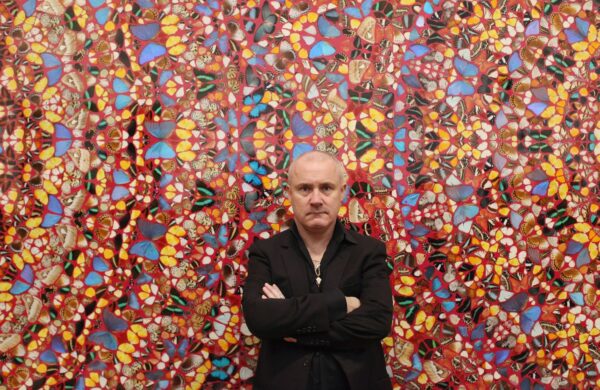Why Is Art So Important: The Role of Art in Contemporary Society
It seems remarkably apparent and ridiculously conspicuous the effect art has in society. I mean, yes, it’s pretty obvious – communities need art to grow and to thrive economically, culturally and socially. Art influences our opinions, it helps us installing values and transforms experiences across space and time.
But art can’t repay the public subsidy… Right? Art represents an investment on which there is virtually no return. So, the real question is why does art matter and why is it so important to us?
Why Does Art Matter?
If art is a cultural and social investment that cannot guarantee audiences and if it cannot show an immediate relevance – why does it matter?
Well, the Arts matter because they are relevant to the needs and wishes of society. Art helps individuals and communities to express their wants and needs, and it helps them to express these wishes in memorable and significant ways. Art allows and motivates us to communicate ideas in ways that politics or science simply can’t…
The arts reconstruct values and principles, and it has the power to rehabilitate marginalized structures. Art is essential to create symbols that people identify with and is necessary to give identity to places that may not have one.
How Art Affects Society
Right so, where the arts start, jobs follow. The arts stimulate the growth of the creative sector in the economy. They play an important part in the strengthening and shaping of the ideas of the marketplace. The creation, management and distribution of art employ many.
Not only it’s economically viable, but arts also help in fulfilling self-expression. Research studies from Newcastle University, back in 2013, revealed that attending art exhibitions and viewing contemporary art stimulates multiple cognitive perceptions of the elderly.
There is also a demonstrable, positive correlation between schoolchildren’s grades in math and literacy and their involvement with art-related activities.
How Art Affects Individuals
Painting, sculpture, literature and other arts are often considered to be the repository of a society’s collective memory. Art preserves what fact-based historical reports cannot: how it felt to exist in a particular place at a particular time.
Art, in this sense, serves as communication. It allows people from different cultures and different times to engage with each other via images, sounds and stories. Art is often a vehicle for social change. It can give voice to those who feel politically or socially marginalized. A painting, a photograph or even a simple drawing can stir emotions in those who encounter it, inspiring them to rally for change.
How Does Art Contribute to Economic Development?
In the US, the creative sector employs more people than the fast-food industry. The arts are growing faster than the overall economy, posting an average annual growth rate of 2.6%. A slightly higher value than the US’ overall economic growth of 2.4%, in 2015.
Using the United States as a reference again – by 2016, the US reported having exported nearly $20 billion more in cultural goods and services than any other country or continent did. Although most of these products are essentially visual media, independent artists and organizations contributed about $3 billion in just exporting.
Museums and Galleries alone added $6 billion.
But it’s not just the bigger cities and less developed areas that are benefiting from the creative sector. Almost half a million workers in rural areas in the US are working and practising creative and cultural-driven jobs.
The Value of Art
Despite its monetary value, arts shouldn’t be solely defined as if they were just another economic advantage to be uprooted. That way, the arts would be put in a level of activity where measurement of effects, predictability of results and direction of activity are rated as conditions of success. Consequently making cultural and artistic goods as grounds for profitable investment. Which… Puts us back in the bind of instrumentality.
So, is it possible to redefine the importance of art as a whole while simultaneously consolidating the fundamental importance of its economic benefits?
The short answer is yes. The long answer is: The value of Art cannot be predicted or quantified. To reduce Art into this condition is to deny the possibility of a changeable outcome. The prospects of funding Art allows far greater benefits than the direct and immediate fulfilment of the self – which isn’t profitable financially speaking.
But Arts connect society to its past and people to its inherited ideas. The Arts challenge those connections to find ways of exploring new journeys. The arts are evolutionary and revolutionary; they listen, they revive and they guide.
They resist the homogeneous, strengthen the individual and are independent in the face of the pressures of the mass, the bland, the undifferentiated.
For how big or small investments in this sector can be, the return is so far beyond palpable. Arts true value lies in transforming research into ideas. Real art might fail every measurable objective set by economists and politicians. But art is always art, no matter its variable outcome.
Conclusion
- Art motivates us to communicate ideas in ways that politics or science simply cannot. It has the power to rehabilitate marginalized structures and improve systems creatively and socially.
- The Arts affect us individually and as communities. It betters people’s lives by helping to instigate meaningful perspectives, it stimulates us cognitively and helps shape ideas in the marketplace.
- The arts stimulate the growth of the creative sector in the economy. The creative sector is employing more people than ever, and less developed areas are benefiting from cultural driven activities.
- Despite its monetary value, arts shouldn’t be solely defined as if they were just another economic advantage to be uprooted. Real art might fail every measurable objective set by economists and politicians. But art is always art, no matter its variable purpose.





